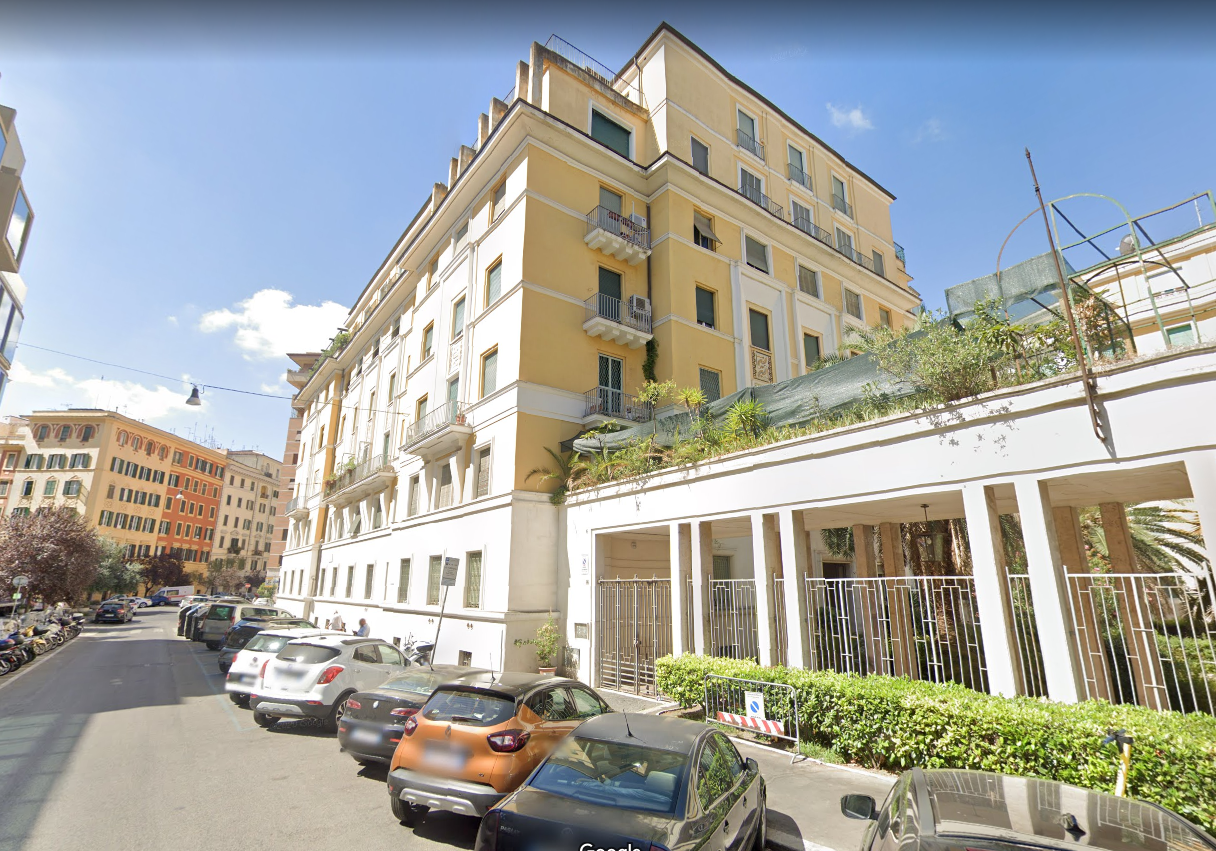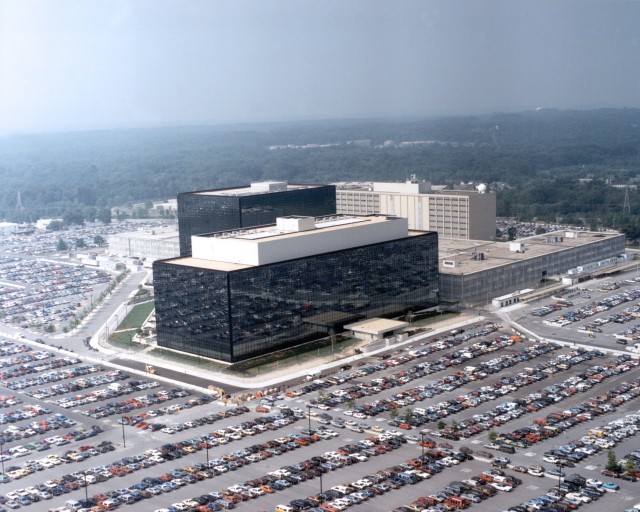Five months after the African embassy bombings, the CIA issues its first major analytic report—“How Bin Ladin Commands a Global Terrorist Network” on the nature of al Qaeda, that it is present in some 60 countries.
“Usama bin Laden is the ultimate decisionmaker in the organization,” the classified report states. “He is directly involved in the planning of terrorist operations and oversees those in his group responsible for terrorism even when he is one step removed from the details.”
The report relies heavily on arrests made after the African bombings, as well as the defection of Jamal al-Fadl and the arrest of Khalid Fawwaz, bin Laden’s news media representative in London.
It concludes that the organization is capable of undertaking more than one terrorist operation simultaneously.

